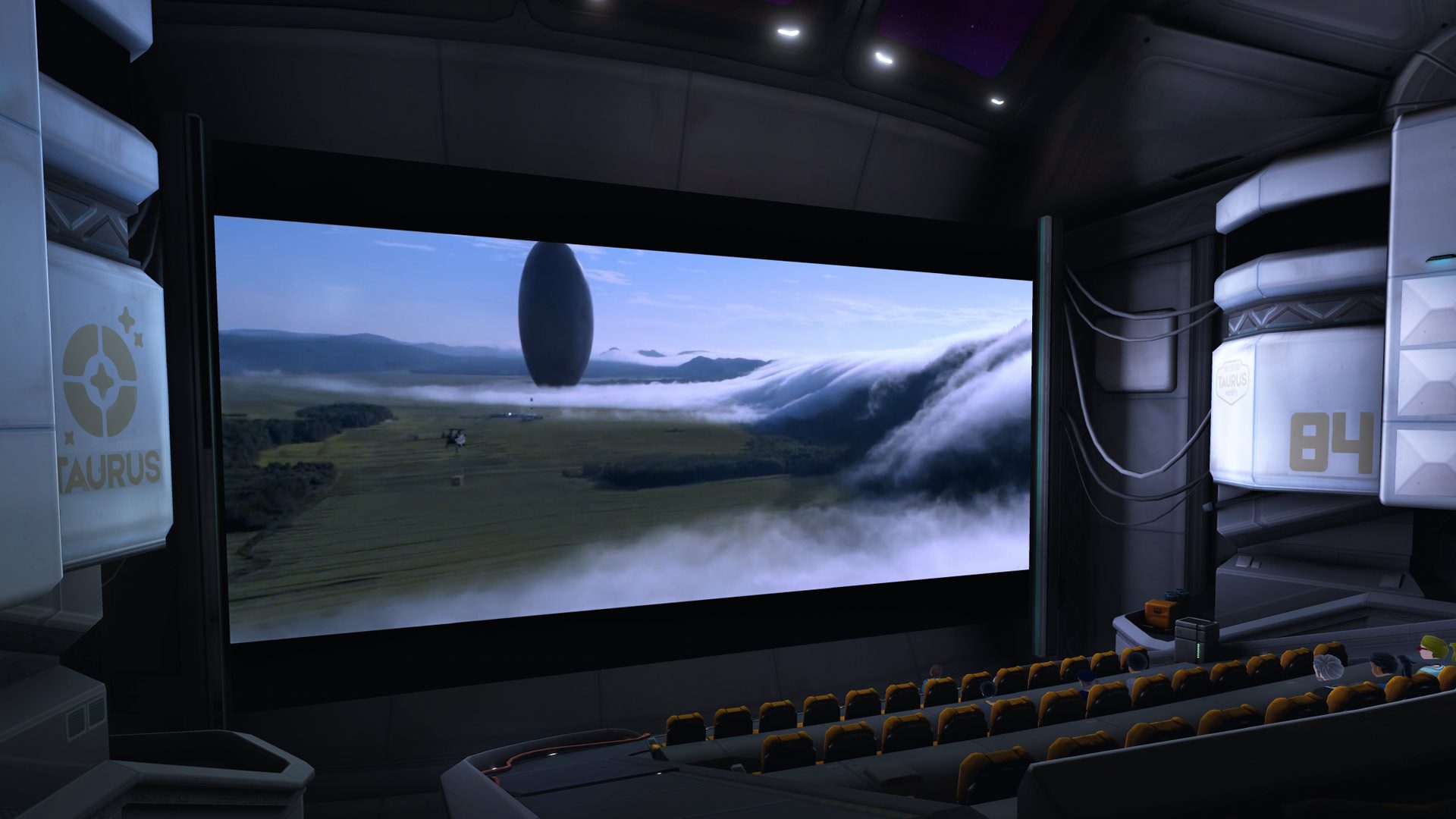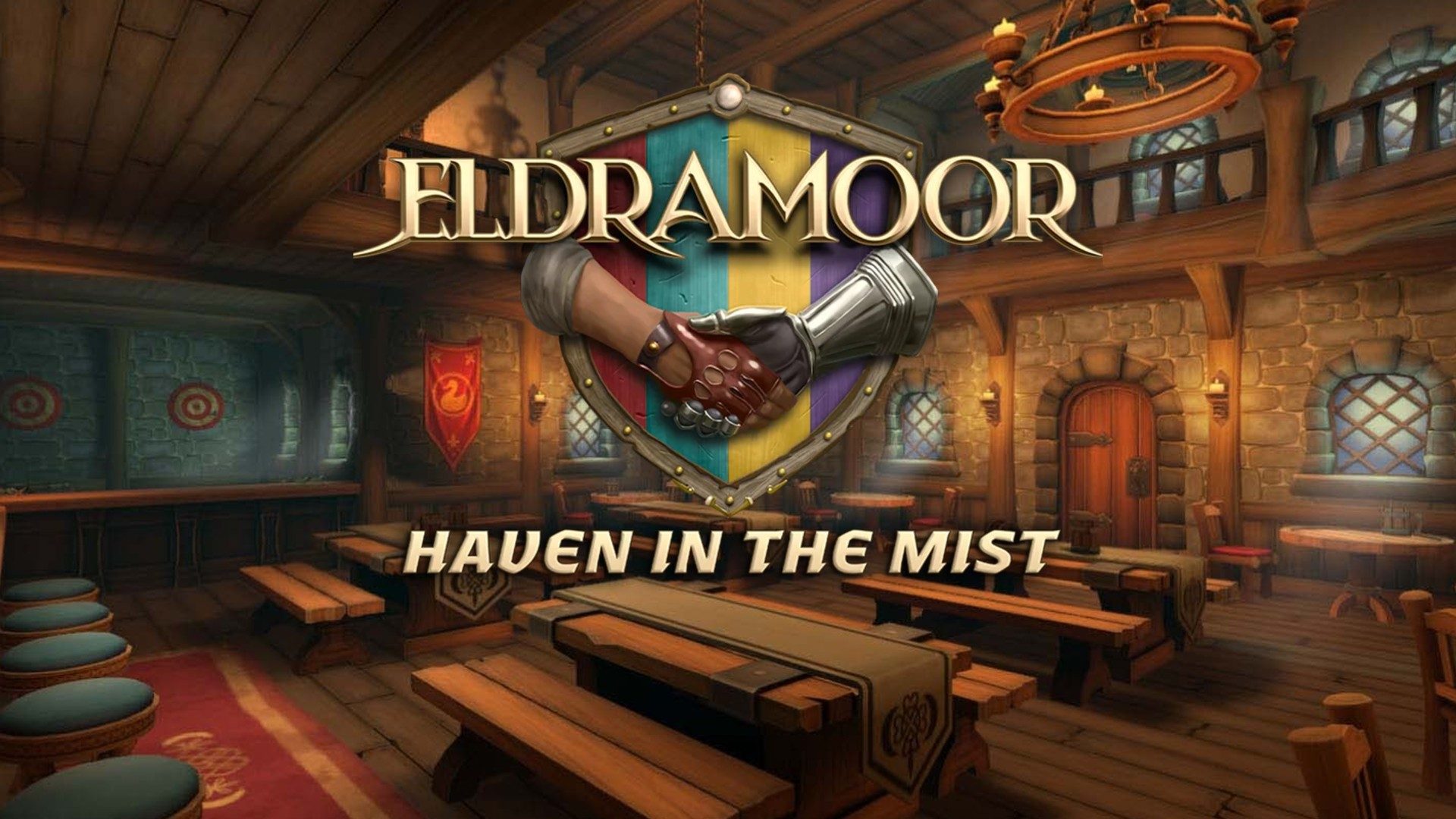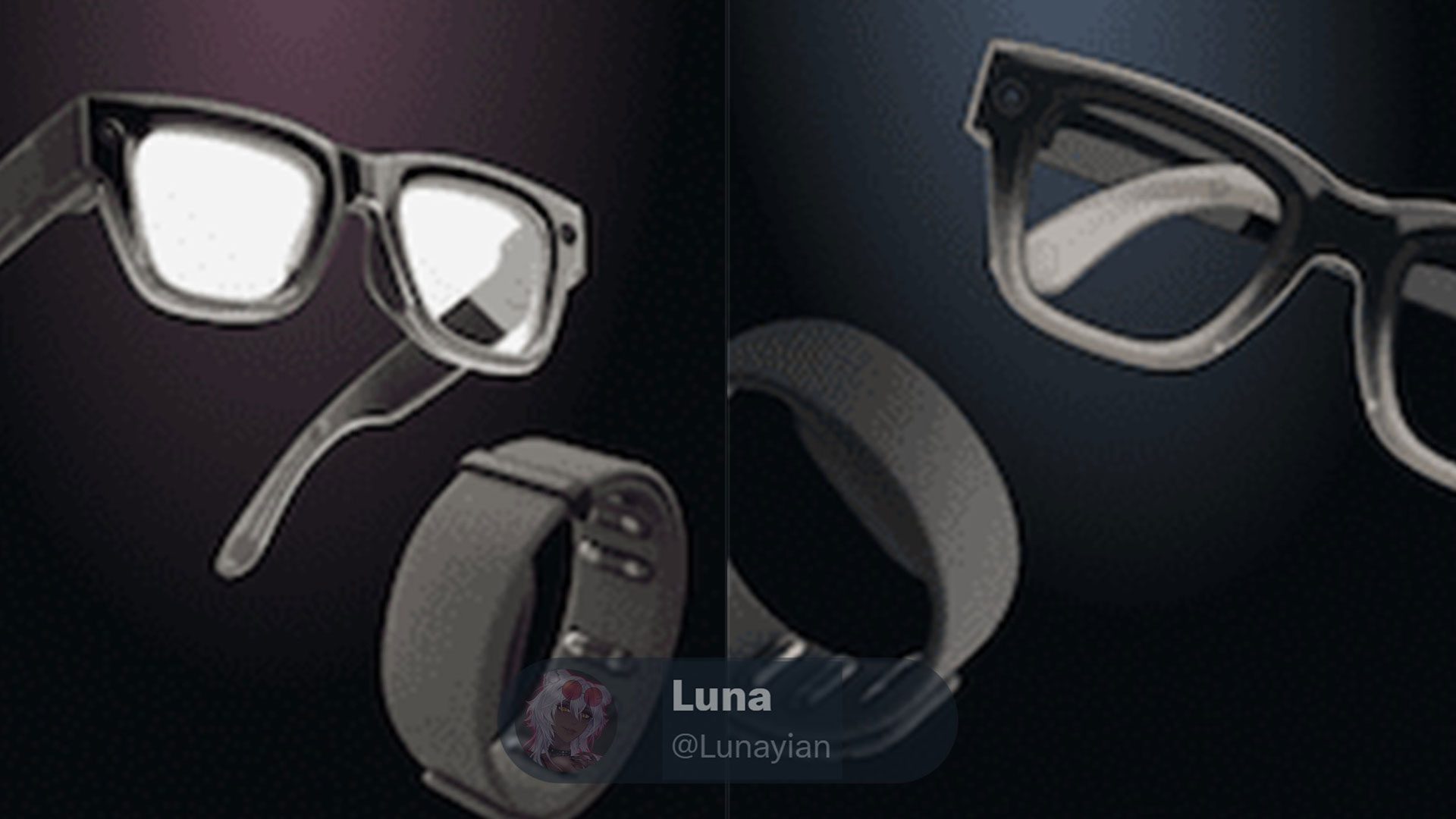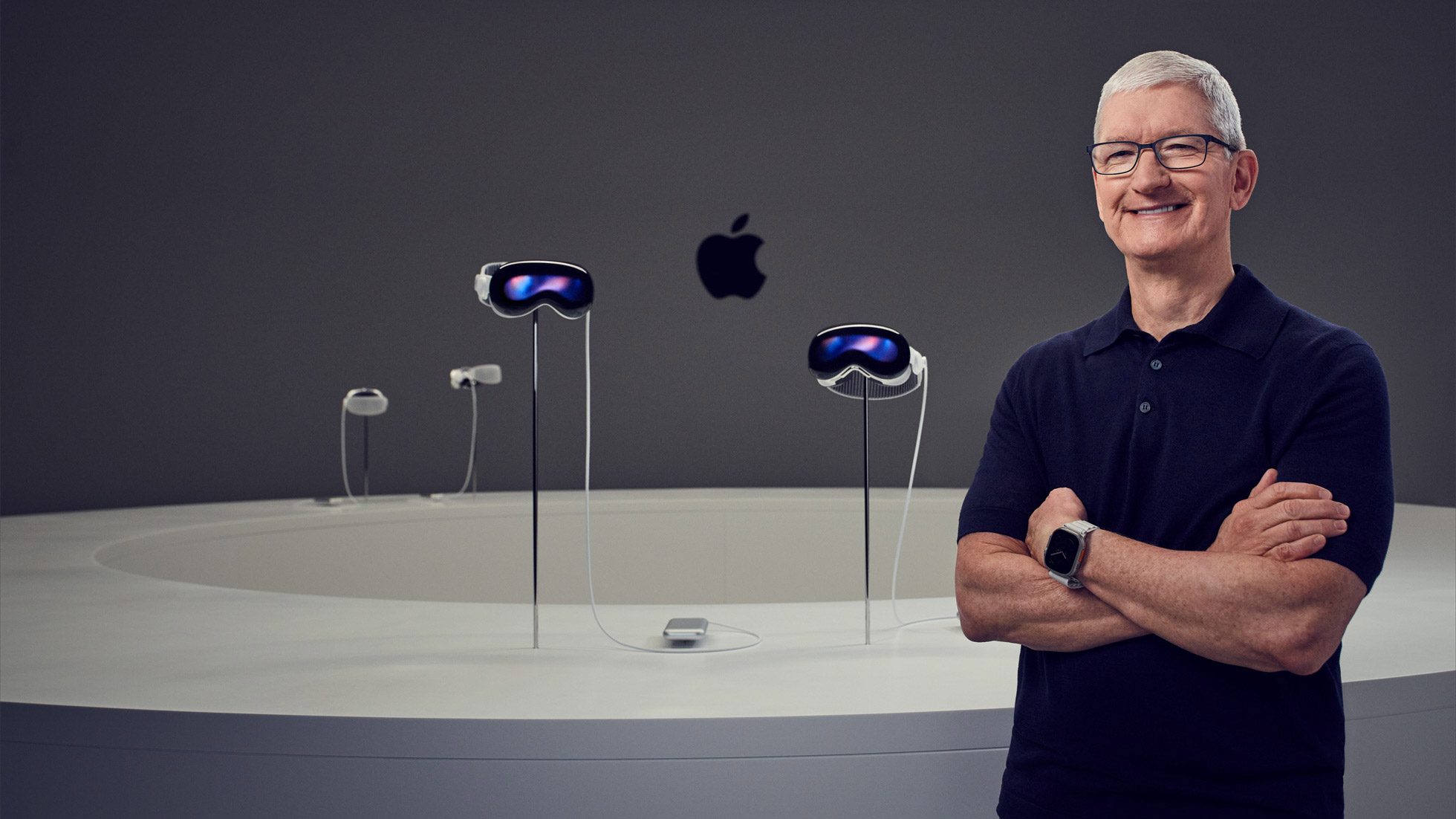Our Inside XR Design series delves into the essence of immersive design. Today, we’re diving into the art of creating standout VR trailers using just in-game footage. Forget about elaborate mixed reality setups or complex CGI work—it’s all about strategic planning and tried-and-true techniques. Stick around, because I’ll be sharing a key technical checklist to enhance your trailer and showcasing an example that embodies everything we’ll cover.
You can watch the complete video below, or read on for a written version adapted just for you.
Before we get into the nitty-gritty, let’s align on why trailers are crucial to your game’s success.
Here’s the reality: your game itself isn’t your best salesperson. It’s the trailer that does the selling.
You could craft the most amazing game out there, but if you can’t demonstrate why players should dive in, many won’t. So, it’s crucial to integrate marketing as a core component of your game development journey. Investing years in developing a game only to spend a fleeting few weeks on the trailer isn’t the best strategy.
Now, how do you design a trailer that captivates—without the aid of mixed reality captures? Let’s break it down into three simple lessons.
### The Hook
First up, and perhaps most importantly, is the hook. The hook is what makes your game memorable. It’s that one specific element that compels people to say, “I want to try that.”
It might be an intriguing combat style, a distinctive art style, a unique weapon, or a fun mechanic that sets it apart from other games. It’s the hallmark of your game.
Your hook should distinguish your game as uniquely entertaining or engaging compared to others in the same genre (which means you should be familiar with other games in your genre). Without the hook, potential players might overlook your game for a similar one.
Crucially, for your trailer to have a compelling hook, your game itself needs one. If you can’t pinpoint your game’s hook right now, identifying it should be your first step before you even think about creating a trailer.
Let’s examine a practical example. We’ll take a look at a trailer from the game Hellsweeper VR (2023) by Mixed Realms. Watch it and see if you can identify the hook:
So, what’s the hook? If you picked up on “unique combat,” you’re spot on. Even before the logos appear, we’re treated to 10 seconds of distinctive VR combat featuring fascinating weapons and powers with aerial maneuvers.
This emphasis on combat runs throughout the trailer. There’s no pause for lore or abstract exposition—just the hook in action. The message is clear: “This is why you’ll love our game.”
### Show, Don’t Tell
Our next point is fundamental: show, don’t tell. Exceptional trailers highlight what’s impressive about a game by showing it in action. In VR, this is even more crucial—viewers need to see the excitement to understand why they should put on the headset and try your game.
Boneworks (2019) by Stress Level Zero exemplifies this by showcasing its gameplay in a way that speaks for itself. Let’s take a look:
This trailer stitches together a series of unique experiences that players can expect, creating a vivid image of what gaming with it feels like.
### Story Structure
This brings us to our third lesson: tell a story.
By “tell a story,” I don’t mean laying out your game’s narrative.
Instead, your objective is to show what players will do and feel when they engage with your game. That’s the narrative your trailer should convey.
While it might be tempting to just film general gameplay and then figure out the editing later, a more effective method is to determine in advance which key moments you want to highlight.
Decide specifically what you want to show and arrange these scenes into a narrative arc. In simple terms, create an introduction, weave in rising action, and conclude with a climax that leaves a lasting impression.
That’s precisely what Respawn Entertainment did with their stellar trailer for Medal of Honor: Above and Beyond (2020). Notice how they have meticulously choreographed scenes to build a cohesive narrative depicting the player’s emotional journey in the game.
### Continue on Page 2: Technical Checklist & Final Example »













































